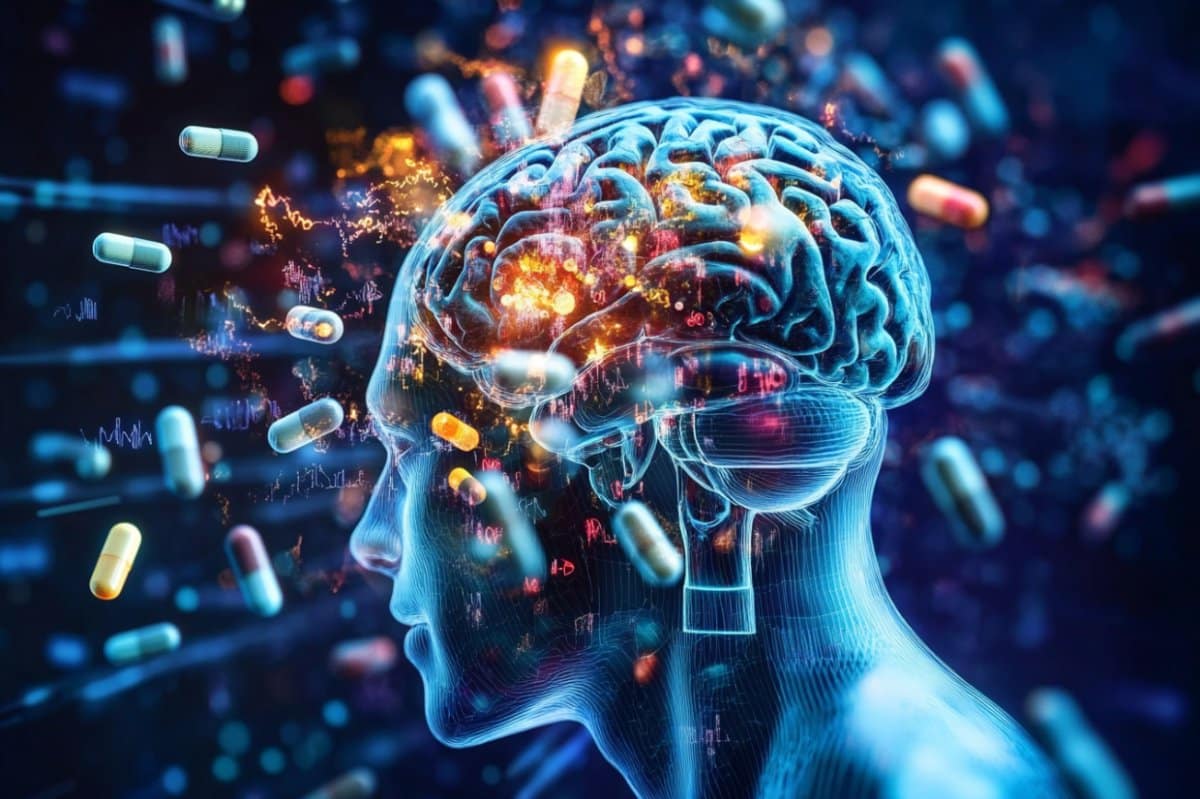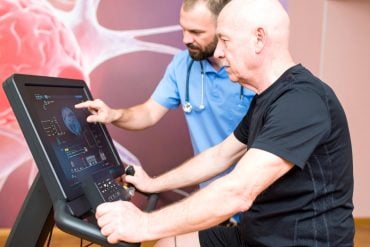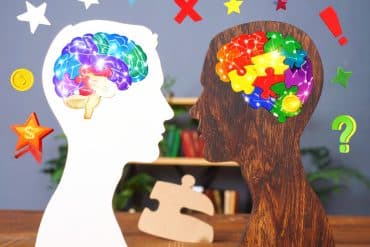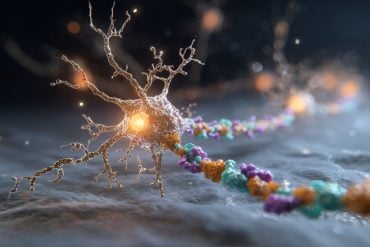Summary: Researchers have successfully induced the placebo effect in rats, uncovering the neural mechanisms behind how belief in pain relief can reduce the perception of pain. Using conditioning, rats learned to associate injections with pain relief, and later exhibited reduced pain responses even when injected with saline.
Roughly one-third of the rats showed a full placebo response, allowing scientists to use advanced neuroimaging to study their brain activity. The effect was linked to opioid signaling in the medial prefrontal cortex, which activated the brain’s pain-inhibiting pathways.
Key Facts:
- Opioid Signaling Pathway: The placebo effect activated opioid-related signals in the medial prefrontal cortex.
- Descending Pain Inhibition: This brain activity triggered the brain’s pain-suppression network, mimicking actual analgesic effects.
- Conditioned Response: One-third of rats experienced full pain relief from a placebo after being conditioned with real painkillers.
Source: RIKEN
The detailed mechanism of how the placebo effect reduces the perception of pain in rats has been uncovered by RIKEN neuroscientists.
This finding could potentially lead to ways to harness the placebo effect in therapy.

If you’re convinced you are taking a powerful painkiller, it could well reduce your perception of pain, even if the painkiller turns out to be a sham.
That’s the power of the placebo effect. The brain, tricked into anticipating a benefit, produces the benefit itself.
Harnessing the placebo effect for pain relief could help to reduce dosages of painkillers, lowering the risk of both side effects and becoming dependent on medication.
Because it’s a psychological effect, the placebo effect is much easier to induce and monitor in humans than in animals. But since only relatively non-invasive techniques can be used on people, it’s hard to determine what’s happening on a neural-circuit level.
“Ethical concerns and technical limitations make it impossible to determine what neurons and circuits are involved in the placebo effect in people,” notes Yilong Cui of the RIKEN Center for Integrative Medical Sciences.
“But we could ascertain a more detailed mechanism, if we could induce the placebo effect in animals.”
That’s what Cui and co-workers did—they conditioned rats by injecting them with a painkiller over four days. The animal came to associate injections with pain relief, so that when they were injected with a saline solution, the placebo effect kicked in.
“Many researchers didn’t believe that animals could experience the placebo effect,” says Cui. “But we succeeded in inducing it in rodents by using Pavlovian conditioning.”
About a third of the rats exhibited the full placebo effect, another third had a partial placebo effect, and the remaining third hardly experienced any pain relief.
Cui’s team was then able to study what was going on in the animal brains using neuroimaging methods that are too invasive to use on people.
Several brain regions were found to activate in response to placebo in neuropathic animals. “That’s very similar to results in humans,” Cui says.
“We were able to identify a very detailed mechanism on a single-channel level,” says Cui.
The team found that the placebo effect occurred as a result of brain signals related to the endogenous opioid system in the medial prefrontal cortex, a region at the front of the brain, which in the presence of the placebo injections set off the descending pain inhibitory system.
They strongly suspect that the same mechanism operates in people. “The mechanism is similar to how pain relief occurs in humans,” notes Cui.
Cui’s team is now trying to trace the mechanism further upstream, by investigating what triggers the opioid signals.
About this neuropharmacology research news
Author: Yilong Cui
Source: RIKEN
Contact: Yilong Cui – RIKEN
Image: The image is credited to Neuroscience News
Original Research: Open access.
“Opioidergic activation of the descending pain inhibitory system underlies placebo analgesia” by Yilong Cui et al. Science Advances
Abstract
Opioidergic activation of the descending pain inhibitory system underlies placebo analgesia
Placebo analgesia is caused by inactive treatment, implicating endogenous brain function involvement. However, the neurobiological basis remains unclear.
In this study, we found that μ-opioid signals in the medial prefrontal cortex (mPFC) activate the descending pain inhibitory system to initiate placebo analgesia in neuropathic pain rats.
Chemogenetic manipulation demonstrated that specific activation of μ-opioid receptor–positive (MOR+) neurons in the mPFC or suppression of the mPFC–ventrolateral periaqueductal gray (vlPAG) circuit inhibited placebo analgesia in rats. MOR+ neurons in the mPFC are monosynaptically connected and directly inhibit layer V pyramidal neurons that project to the vlPAG via GABAA receptors.
Thus, intrinsic opioid signaling in the mPFC disinhibits excitatory outflow to the vlPAG by suppressing MOR+ neurons, leading to descending pain inhibitory system activation that initiates placebo analgesia.
Our results shed light on the fundamental neurobiological mechanism of the placebo effect that maximizes therapeutic efficacy and reduces adverse drug effects in medical practice.







